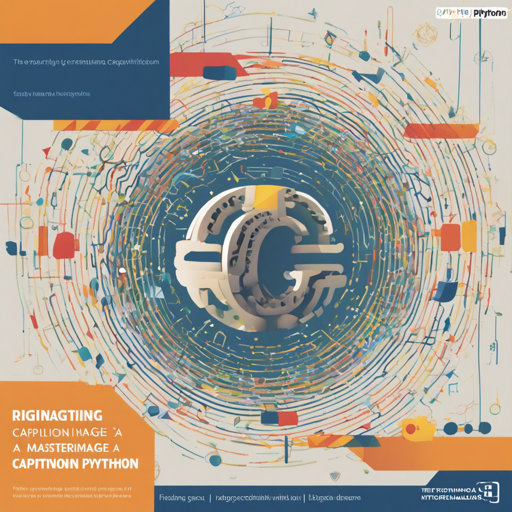In the world of artificial intelligence, image captioning is an exciting blend of computer vision and natural language processing. Today, we will discover the magic behind it using Python. Let’s transform our approach to understanding images through the power of captions!
What is Image Captioning?
Image captioning involves generating textual descriptions for images, allowing machines to communicate visual content effectively. Think of it as teaching a child to describe a picture: you show them an image and help them put its elements into words. Similarly, we program machines to do just that using datasets and models.
Setting Up Your Environment
Before diving into the actual code, you’ll need to set up your environment. Follow these steps:
- Install Python on your machine.
- Next, ensure you have the required libraries installed. You can do this using pip:
pip install tensorflow keras numpy pandas opencv-pythonLoading and Preprocessing Data
The first step in our code involves loading an image dataset. You can think of this as gathering all your toys before playing. In this case, the toys are images that we will later describe. For the code, we typically use the ImageDataGenerator from Keras to preprocess the images effectively so they are ready for training our model:
from keras.preprocessing.image import ImageDataGenerator
datagen = ImageDataGenerator(rescale=1.0/255)
train_generator = datagen.flow_from_directory('dataset/train', target_size=(150, 150), batch_size=32, class_mode='categorical')Building the Model
Now comes the fun part: constructing a neural network model. Consider this step as building a machine with multiple parts for specific functions, much like assembling a mechanical toy. Here, we’ll use a convolutional neural network (CNN) layout:
from keras.models import Sequential
from keras.layers import Conv2D, MaxPooling2D, Flatten, Dense
model = Sequential()
model.add(Conv2D(32, (3, 3), activation='relu', input_shape=(150, 150, 3)))
model.add(MaxPooling2D(pool_size=(2, 2)))
model.add(Flatten())
model.add(Dense(128, activation='relu'))
model.add(Dense(len(train_generator.class_indices), activation='softmax'))Compiling and Training the Model
Compiling the model is akin to fine-tuning your machine’s movements. You set parameters that will govern how your model learns. After compilation, it’s time to prepare our model to learn from the images by training it. You essentially show your machine the images and their respective captions—much like a teacher instructing students:
model.compile(loss='categorical_crossentropy', optimizer='adam', metrics=['accuracy'])
model.fit(train_generator, epochs=10)Making Predictions
Once training is complete, we can use our model to generate captions for new images. This step is like asking your child to describe a new picture they haven’t seen before using their learned experience:
test_image = image.load_img('test.jpg', target_size=(150, 150))
test_image = image.img_to_array(test_image)
test_image = np.expand_dims(test_image, axis=0)
predictions = model.predict(test_image)Troubleshooting
If you encounter issues while running your code, here are some troubleshooting tips:
- Out of Memory Errors: If your images are too large, ensure they are resized properly during preprocessing.
- Low Accuracy: Increase the number of epochs or fine-tune the model architecture adjustments.
- Check Your Data: Confirm that the dataset is structured correctly for the model to learn effectively.
For more insights, updates, or to collaborate on AI development projects, stay connected with fxis.ai.
Conclusion
Congratulations! You’ve just propelled yourself into the fascinating world of image captioning using Python. This guide walked you through loading data, building a neural network, training it, and making predictions.
At fxis.ai, we believe that such advancements are crucial for the future of AI, as they enable more comprehensive and effective solutions. Our team is continually exploring new methodologies to push the envelope in artificial intelligence, ensuring that our clients benefit from the latest technological innovations.

